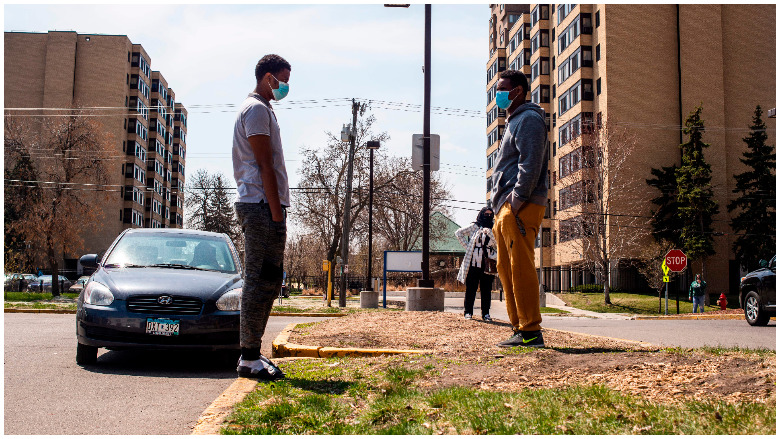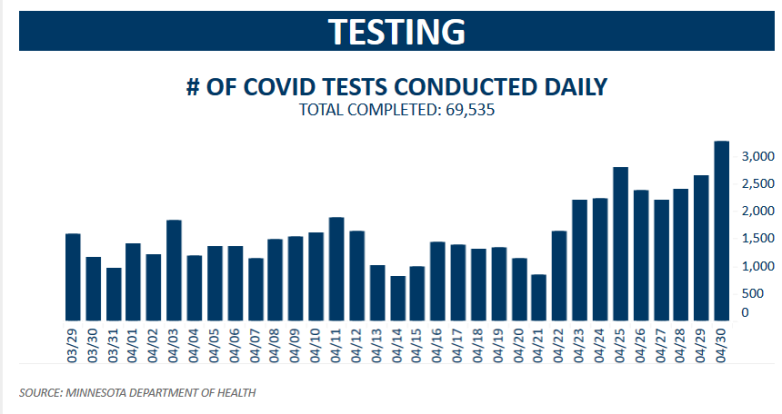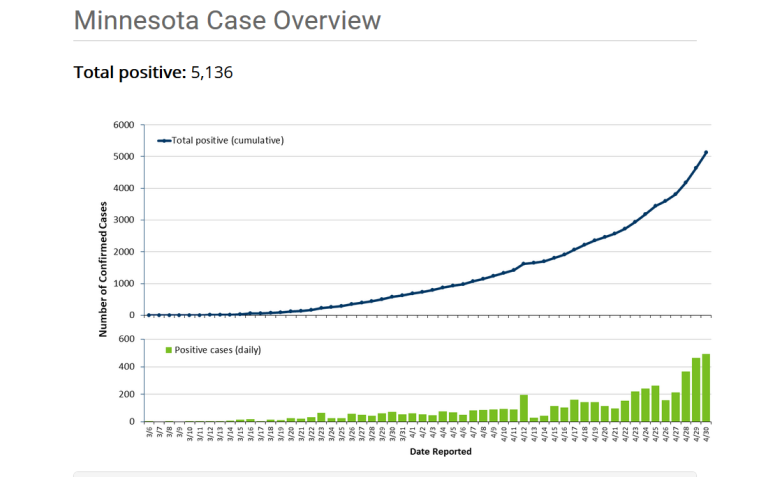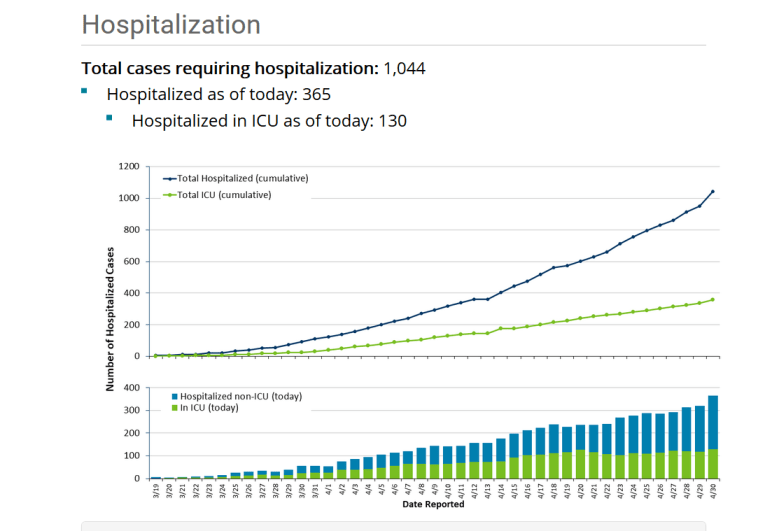
On April 30, 2020, Minnesota’s COVID-19 numbers and deaths were on the rise. On that date, the State of Minnesota reported 492 new positive coronavirus cases, the highest figure since the state began tracking the data on a daily basis.
It’s only the second day that the state of Minnesota has reported more than 400 daily positive COVID-19 test results, according to the Minnesota Department of Health. The first positive COVID-19 case was reported in Minnesota on March 6.
The state reported 24 COVID-19 deaths on April 30, but that’s not the peak number, which came on April 26, when 28 deaths were reported. However, it was the second largest daily death tally.
Of course, a state’s numbers are contingent on the availability of testing, in part. “Not all suspected cases of COVID-19 are tested, so this data is not representative of the total number of people in Minnesota who have or had COVID-19,” the state says.
Testing numbers were also on the rise in Minnesota on April 30. The state reported 3,279 completed coronavirus tests that day, the highest day for testing. Here’s a chart documenting the rise in COVID-19 tests in Minnesota:

Coronavirus tests conducted in Minnesota
“From building out critical hospital capacity to launching a landmark testing strategy, Minnesota has made meaningful progress in preparing for the worst of the COVID-19 pandemic,” Gov. Tim Walz said in an April 30 news conference in which he announced he was extending the state’s stay-at-home order to May 18. “Minnesotans have made this possible by staying home and holding down the rate of infection. But now is not the time for sudden movements.”
The numbers reported on April 30 were updated at 11 a.m., with data current as of 4 p.m. the previous day.
Here’s what you need to know:
Minnesota’s Cumulative Deaths, Hospitalizations & Positive Cases of COVID-19

Minnesota coronavirus cases
You can find the state of Minnesota’s interactive dashboard for tracking coronavirus cases here.
What are the cumulative totals? The State of Minnesota reported 334 deaths, 1,044 hospitalizations, and 5,136 cases of COVID-19 through April 30. The state had completed 70,276 tests both from the MDH Public Health Lab and external laboratories.
The state data also gives a cumulative sense of the recovery pace. As of April 30, 2,172 COVID-19 patients no longer needed isolation. However, that number is a bit misleading because it includes people who died. As of that date, 365 people were hospitalized, with 130 in the ICU, in Minnesota due to coronavirus.
Coronavirus is having a disproportionate impact on the elderly in Minnesota. The largest age group affected by COVID-19 in Minnesota was those people age 70 and older, with 21% of the total of positive cases. That age group also made up a disproportionate 83% of deaths in Minnesota. Cases were reported in every age group, however.

COVID-19 deaths in Minnesota.
Men made up slightly more coronavirus cases, with 48% of the patients being female, 50% male, 0% other, 1% unknown/missing. The largest affected ethnic group was whites, who made up 44% of patients, with African-Americans the second biggest group, with 14% of cases.
Where were people in Minnesota exposed?
Hennepin County had the largest number of cases, with 1,738. Slightly more than half of patients resided in a private residence at the time they contracted coronavirus. The second largest category was people in long-term care or assisted living centers, with 19%.
Those in jail or prison accounted for 2% of the state’s cases.
The State Extended Its Stay-at-Home Order But Is Letting Retail Establishments Use Curbside Pickup

Coronavirus hospitalizations in Minnesota.
The state has a stay-at-home order extended through May 18. You can get frequently asked questions about the order answered here. “A stay at home order directs Minnesotans to limit movements outside of their homes beyond essential needs. By limiting social interactions, we decrease the chance of transmission of COVID-19 and help our health care sector prepare for increased demands,” the state advises. Retail stores are now being allowed to do curbside pickups, however.
“The COVID-19 pandemic presents an unprecedented danger to Minnesota. If Minnesota takes no action to combat the spread or fails to prepare our health care system, current modeling indicates that many of our loved ones, friends, and neighbors in Minnesota could die.” Compared to March 6, there was a decrease in freeway traffic in Minnesota, indicating people are abiding by social distancing measures. The state has not exceeded its ICU or ventilator capacity.
The number of unemployment claims and money approved in small business emergency loans has skyrocketed in Minnesota. There were 9,570 unemployment claims filed in Minnesota on April 30, the highest point since the pandemic began. The state has allocated $200 million in COVID-19 funding.
“The State of Minnesota is committed to protecting the health, safety, and well-being of Minnesotans during the COVID-19 pandemic. Along with private and nonprofit sector partners, State of Minnesota leaders are working to ensure we are curbing the spread of COVID-19, supporting providers and facilities, and mitigating the impact on Minnesota families.” the state explains.
The state hopes to increase coronavirus testing to 20,000 a day.
READ NEXT: Can You Get Coronavirus From Money?